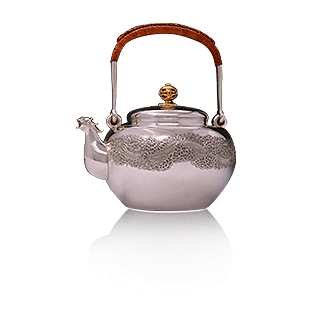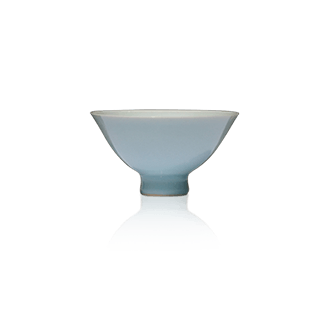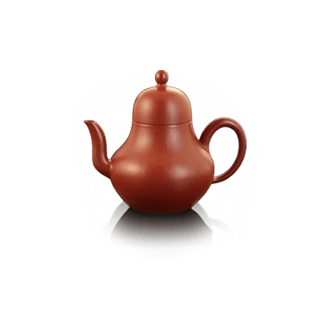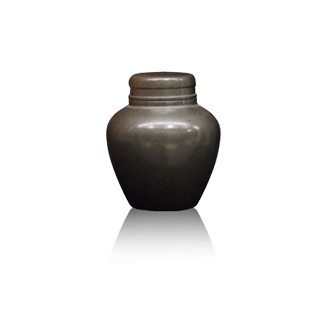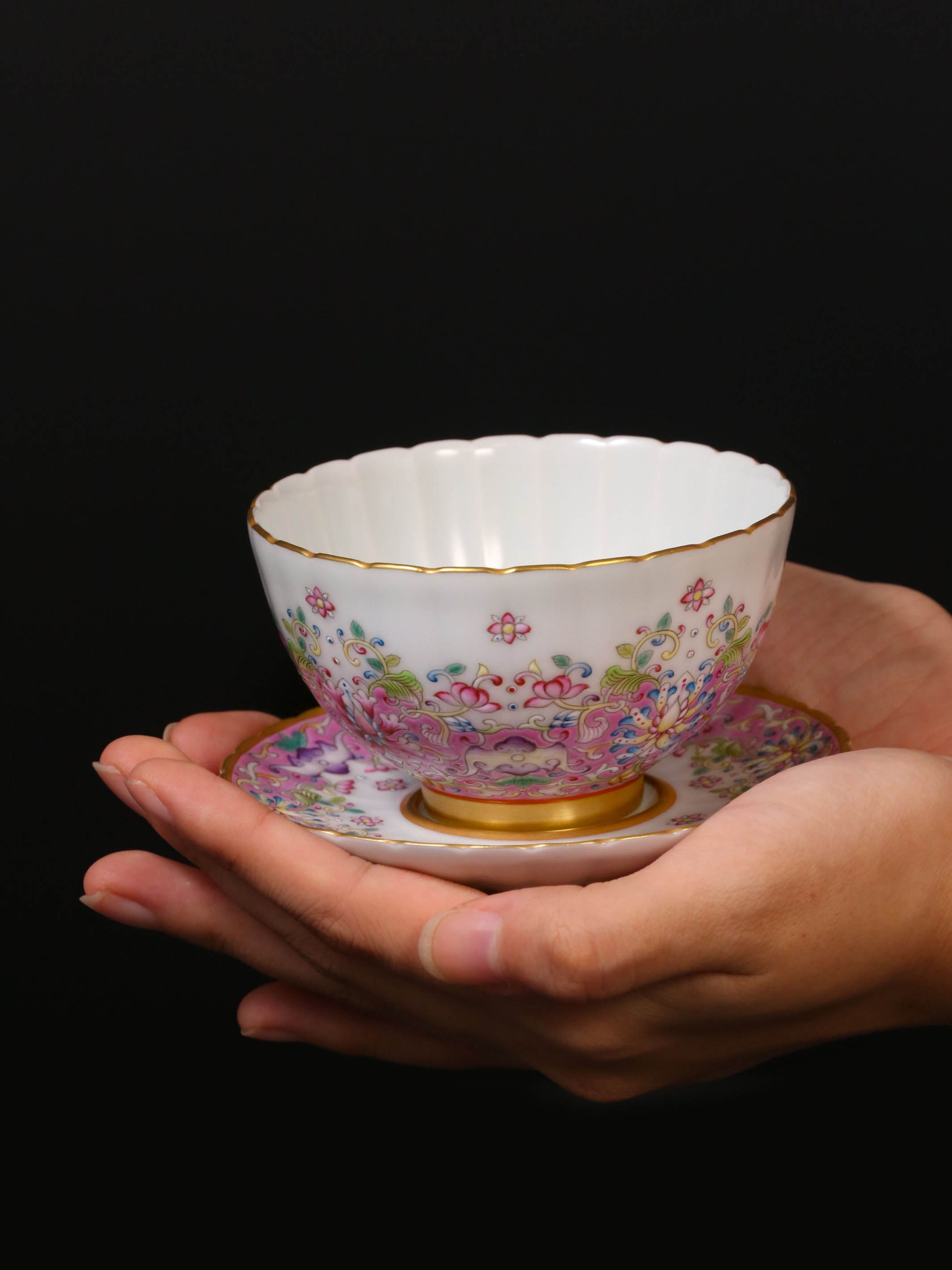
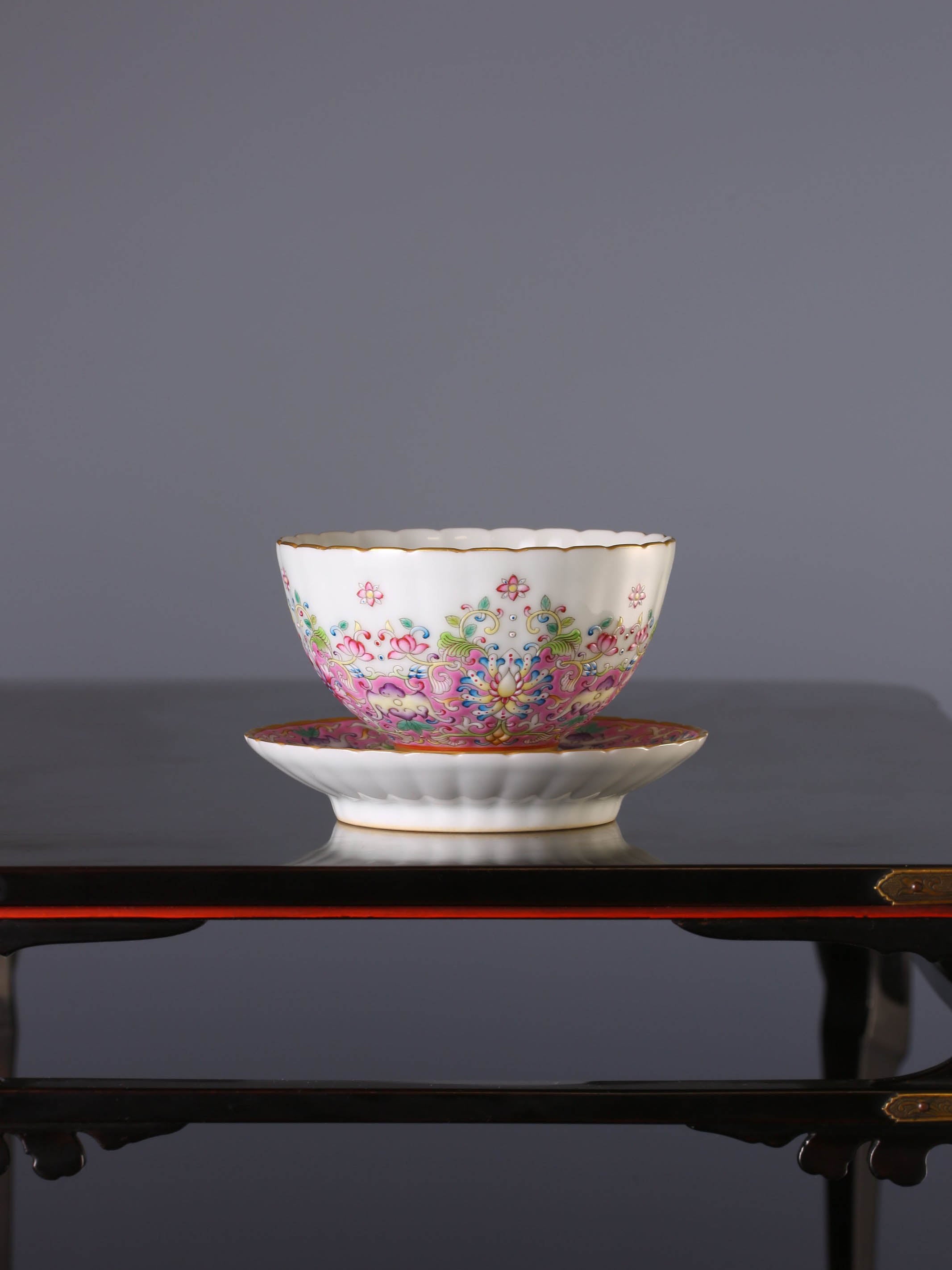

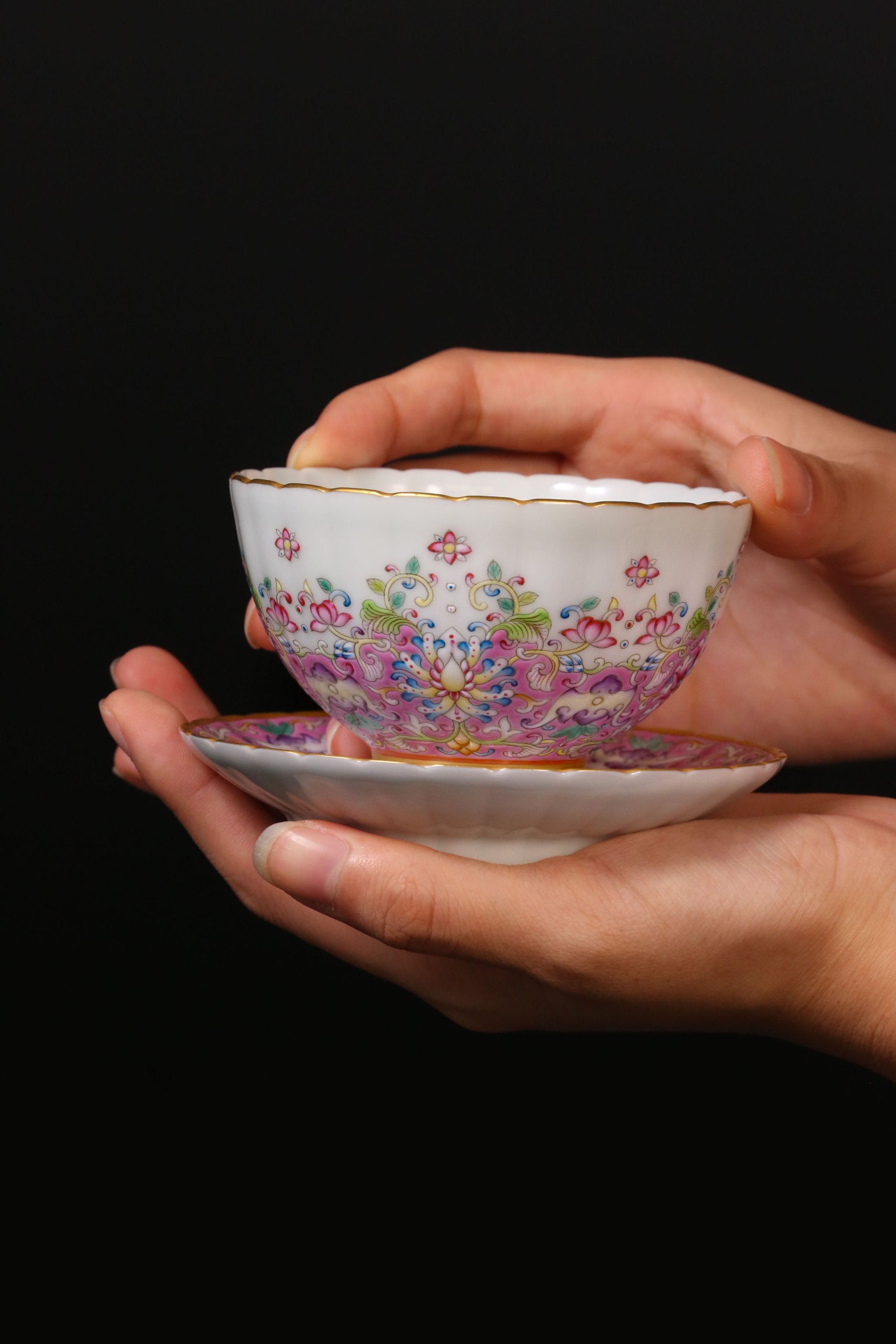
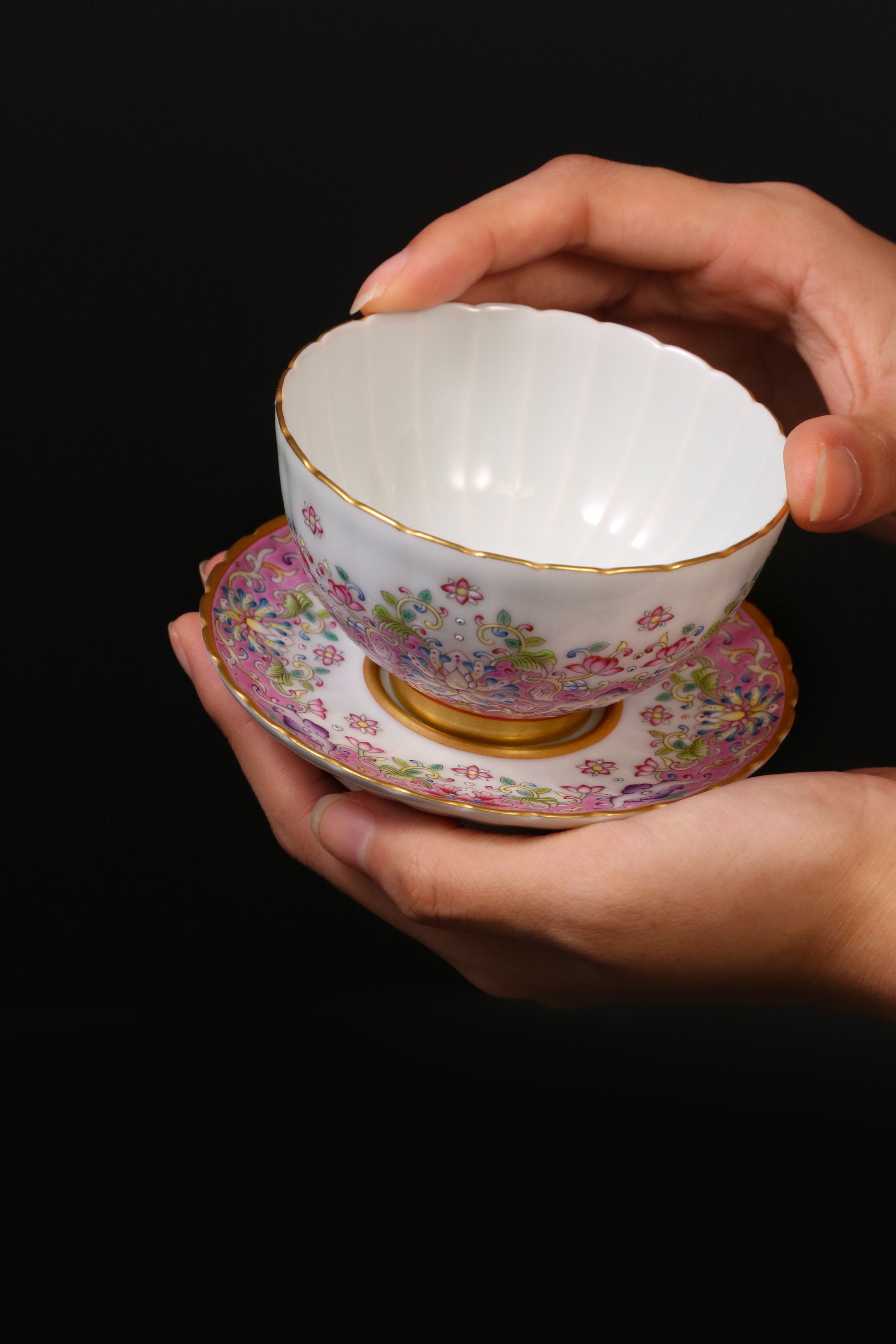
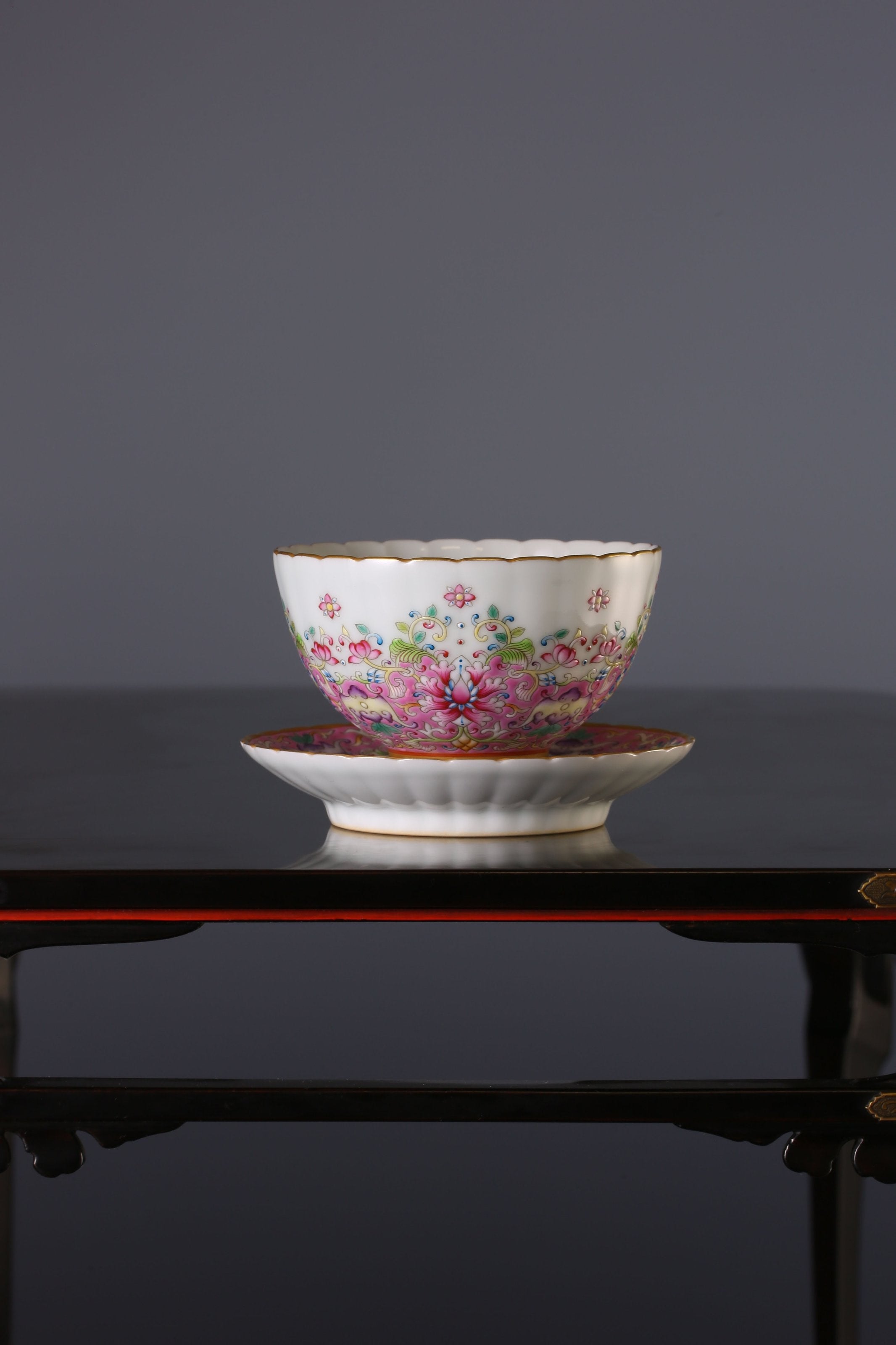
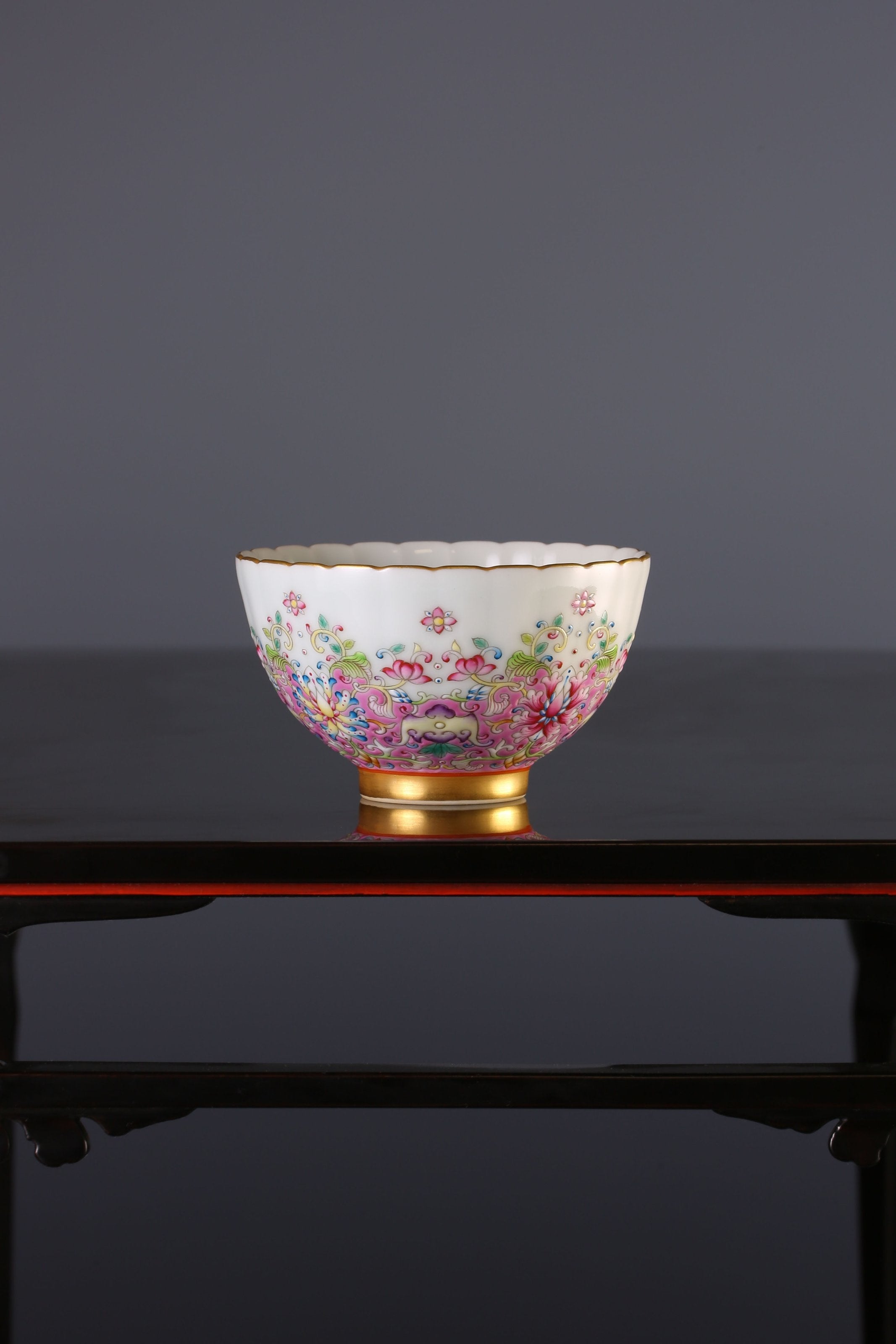
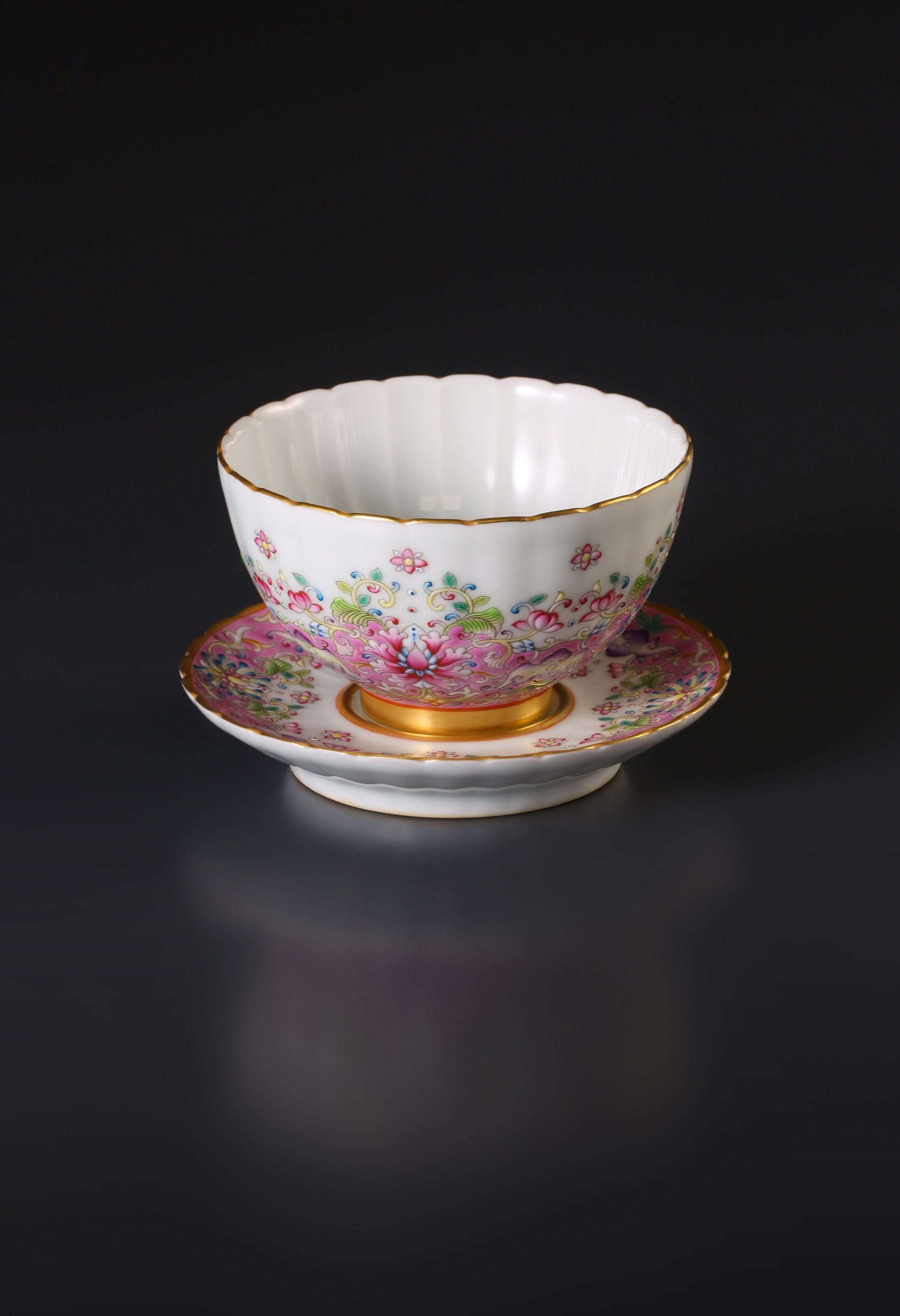


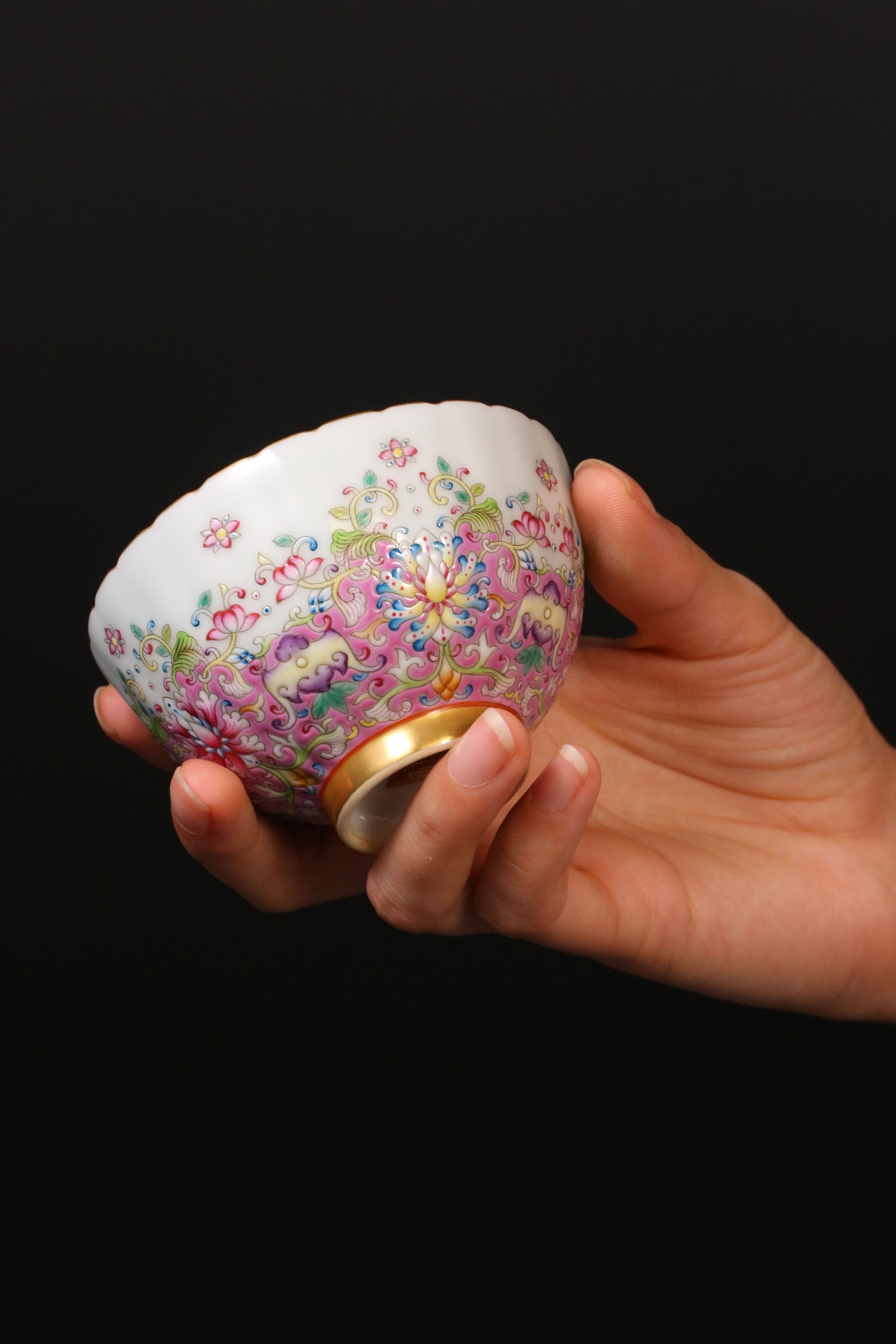



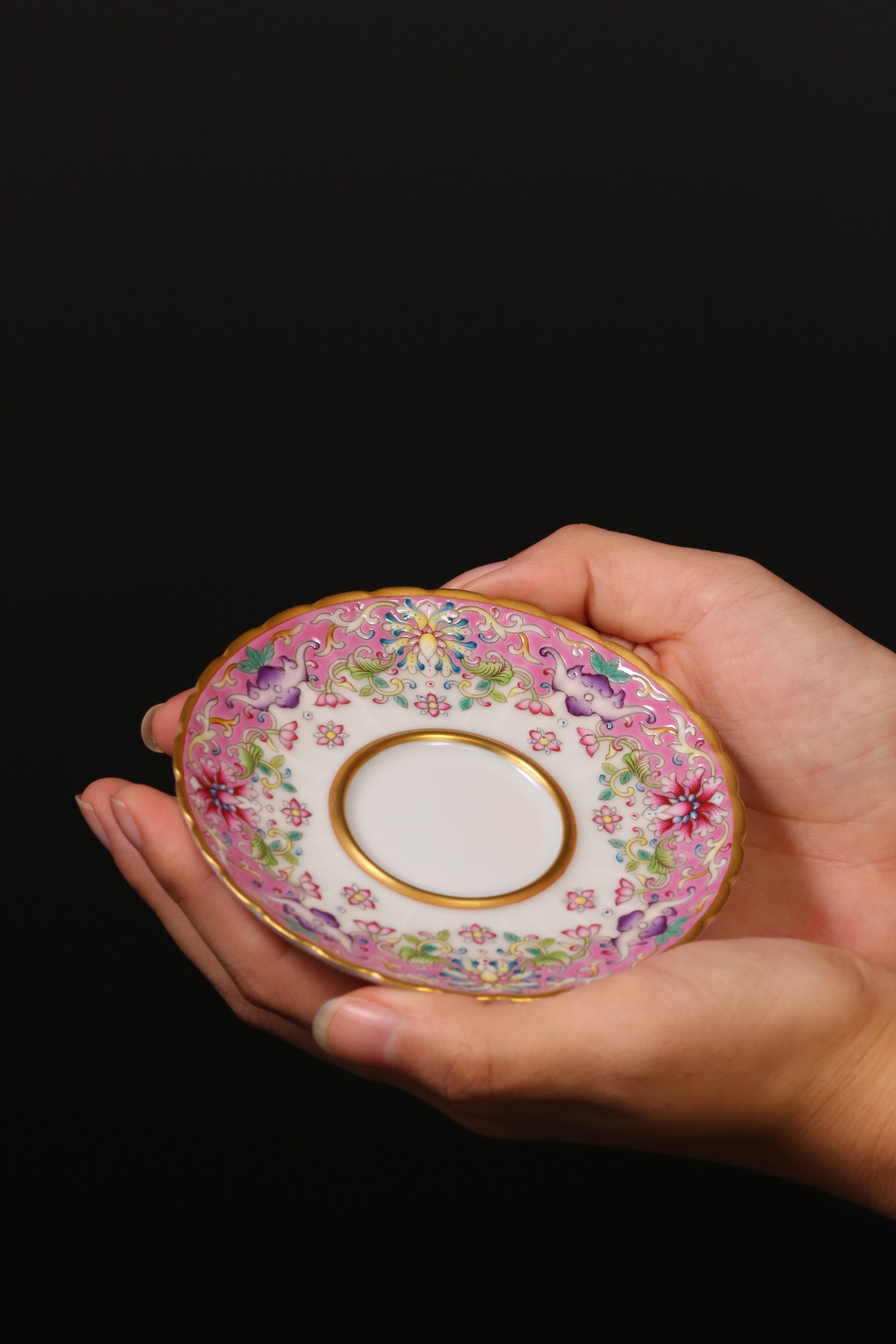

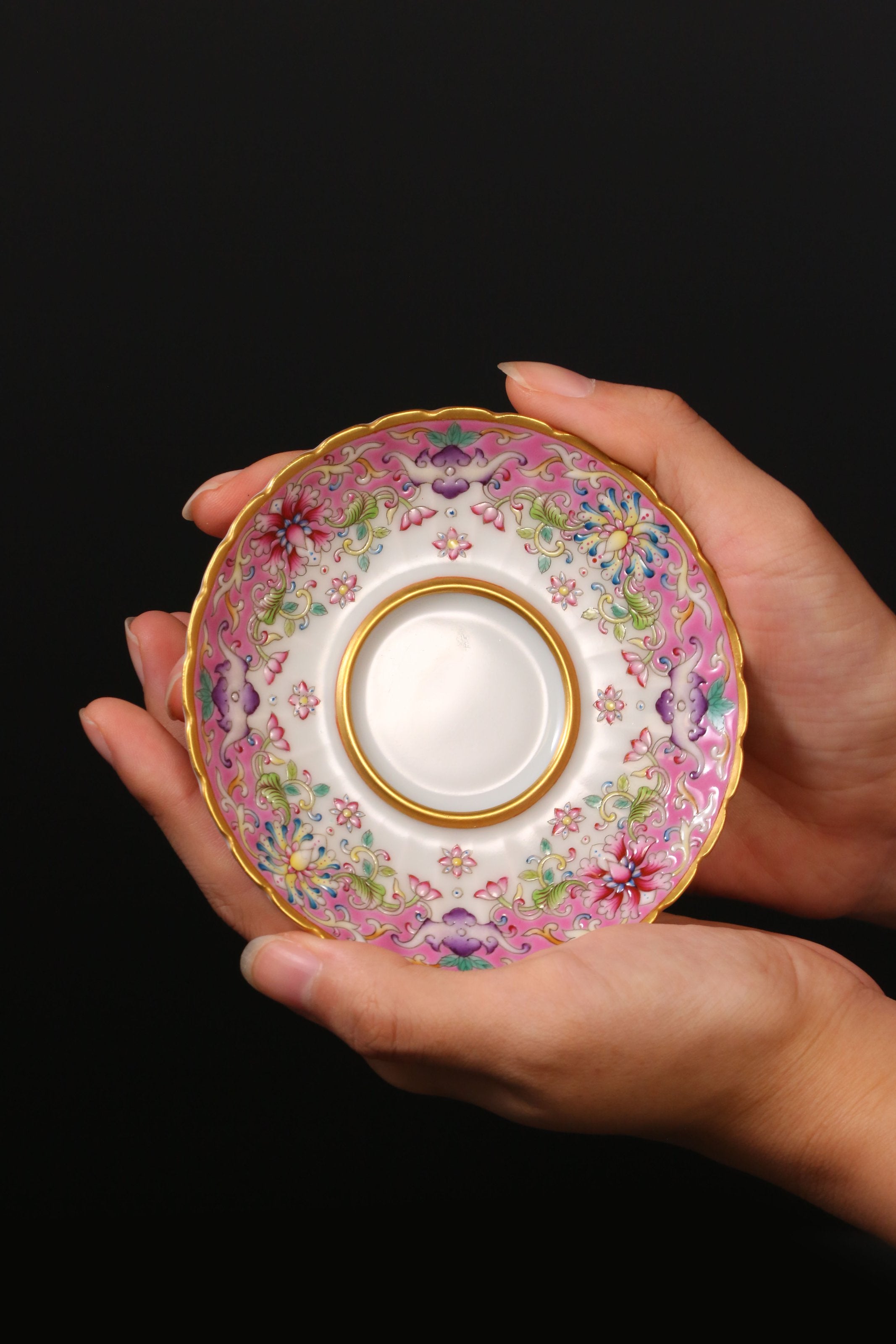
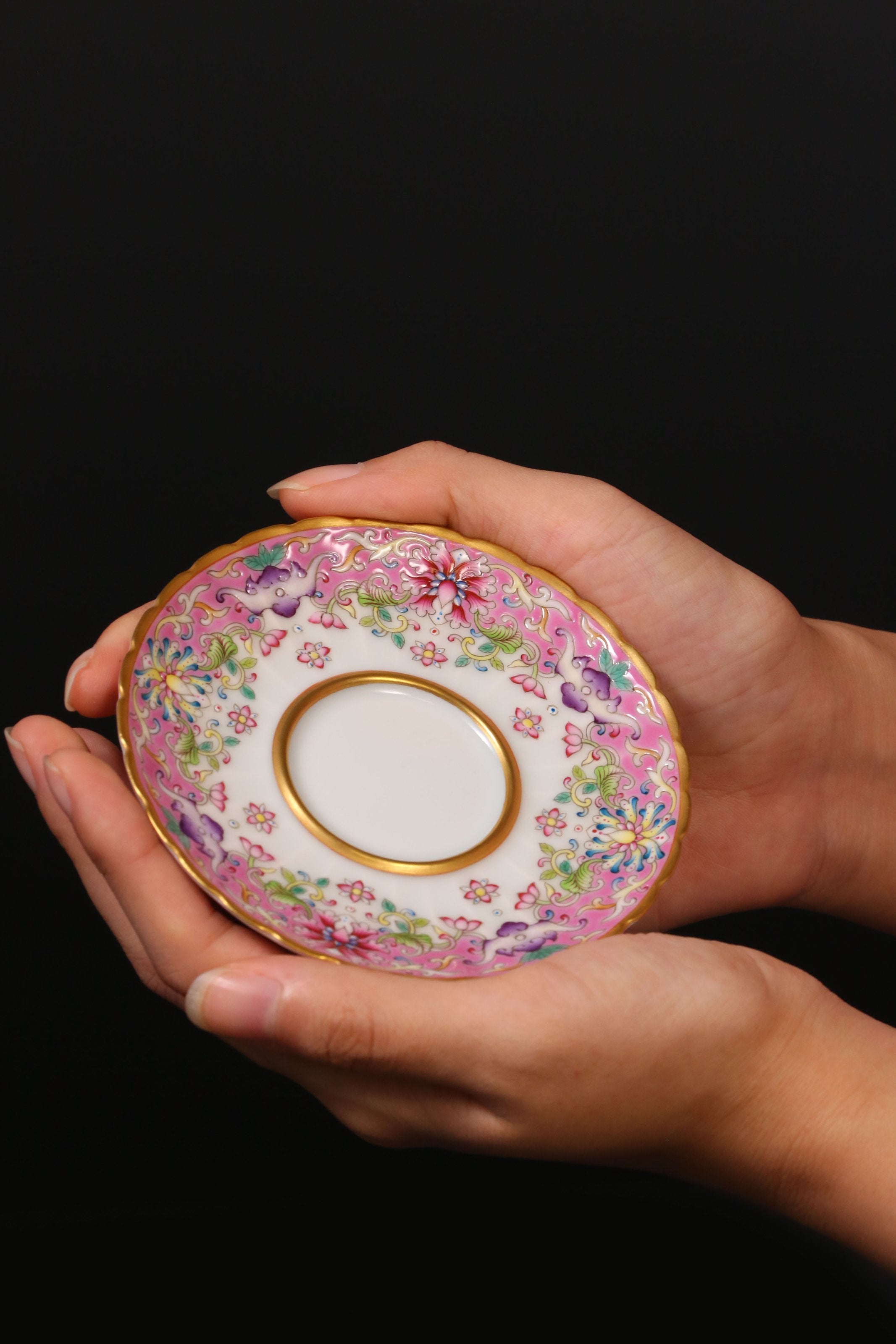
Dayazhai Lotus and Chrysanthemum Petal Cup




















Dayazhai Lotus and Chrysanthemum Petal Cup
Dayazhai Lotus and Chrysanthemum Petal Cup
Vessel Type: Lobe-shaped cup
Artist: dayatang
Material: Porcelain
Specifications: Rim Diameter: 8.6cm; Overall Height: 5.3cm
Vessel Type: Lobe-shaped cup
Artist: dayatang
Material: Porcelain
Specifications: Rim Diameter: 8.6cm; Overall Height: 5.3cm
This lotus and chrysanthemum petal cup, featuring a design of intertwined lotus and auspicious chrysanthemum petals, was created collaboratively by several masters, including Xu Zhijun, an inheritor of the Qing Dynasty imperial kiln famille rose porcelain painting technique from Jingdezhen, China, and Zhang Jian, a master of overglaze enamel and gold-leaf technique. The porcelain painting lines are as fine as hair, exhibiting extreme delicacy.
Chrysanthemum petal mouth:
It refers to a style of porcelain rim. It is named for its chrysanthemum petal shape. The earliest known example is a celadon chrysanthemum petal cup from the Yue kiln of the Tang Dynasty. Chrysanthemum petal plates were also made from the Ge kiln of the Song Dynasty, and they were produced in various later dynasties.
Bat-shaped auspicious pattern:
Confucianism considers these to be auspicious signs that express the will of Heaven, such as the appearance of colorful clouds, favorable weather, double ears of grain, sweet springs, and the appearance of strange birds and animals.
Twining Lotus Flower:
The term "Baoxiang" originates from Buddhism. It is a respectful term used by Buddhist believers to refer to the image of Buddha. The Baoxiang flower is an ideal flower shape that represents purity, elegance, and beauty.
It does not refer to a single flower shape. It is a pattern that has undergone artistic refinement, combining and grafting elements of various flowers such as lotus, peony, and pomegranate, and forming a vine-like lotus flower with intertwined branches.
The lotus flower pattern originated and flourished in the Tang Dynasty. It inherited the Tang Dynasty's aesthetic preference for fullness and the characteristics of national art and culture. The pattern is magnificent and grand, and is highly favored by people. It has a profound influence on the decorative patterns of the Song, Yuan, Ming and Qing Dynasties and has been used to this day.
Enamel:
Besides the intricate and exquisite painting, the Guyuexuan Palace Lantern Pot requires four firings in the kiln to be completed, each with its own risks.
Enamelware from the Qing Dynasty was originally intended for the enjoyment of emperors and empresses. Enamel is a special type of artificially fired pigment. Before the sixth year of the Yongzheng Emperor's reign (1728), it had to be imported from Europe. After the sixth year of the Yongzheng Emperor's reign, the Qing Palace workshops were able to refine more than 20 kinds of enamel pigments themselves, which is a product of the peak period of ancient Chinese polychrome porcelain craftsmanship.


















Frequently asked questions
Use the FAQ section to answer your customers' most frequent questions.
Order
Yes, we ship all over the world. Shipping costs will apply, and will be added at checkout. We run discounts and promotions all year, so stay tuned for exclusive deals.
It depends on where you are. Orders processed here will take 5-7 business days to arrive. Overseas deliveries can take anywhere from 7-16 days. Delivery details will be provided in your confirmation email.
You can contact us through our contact page! We will be happy to assist you.





